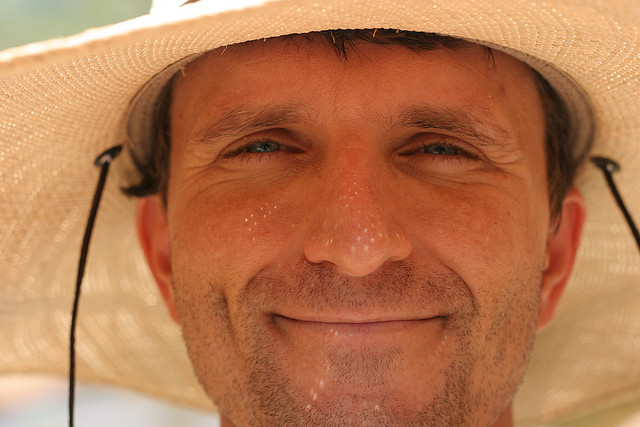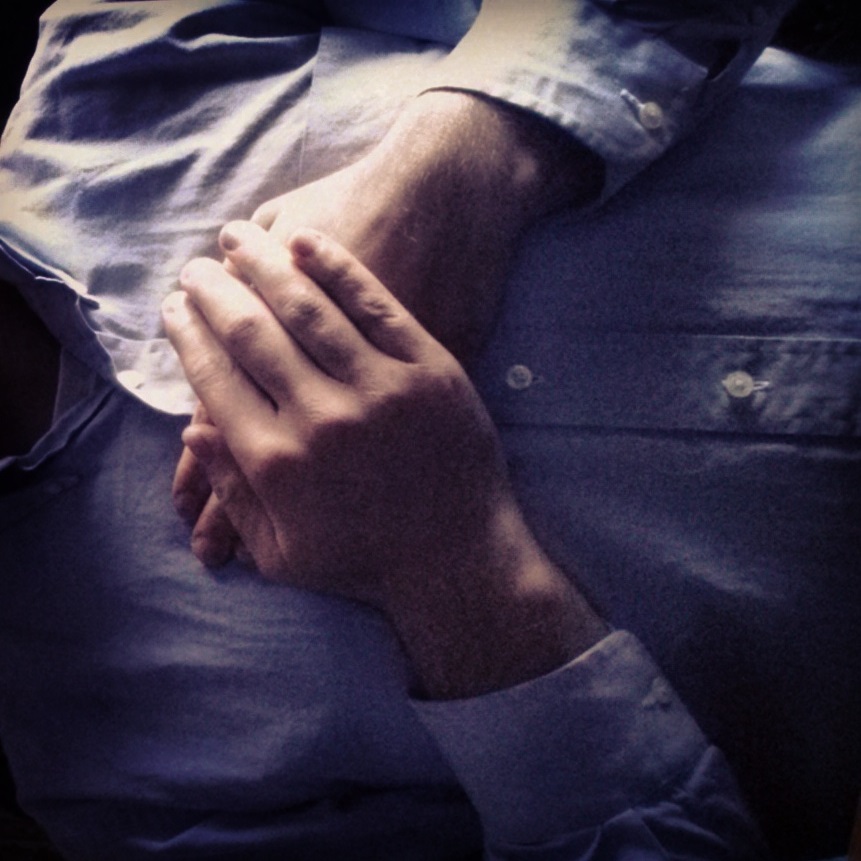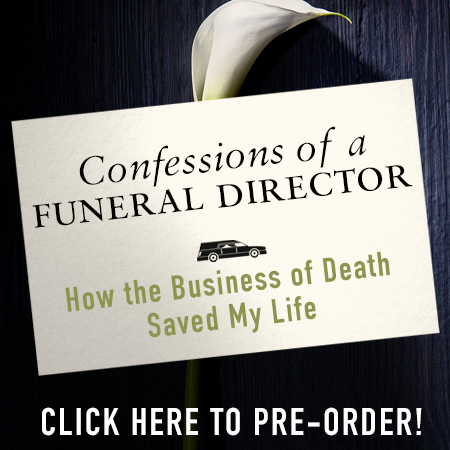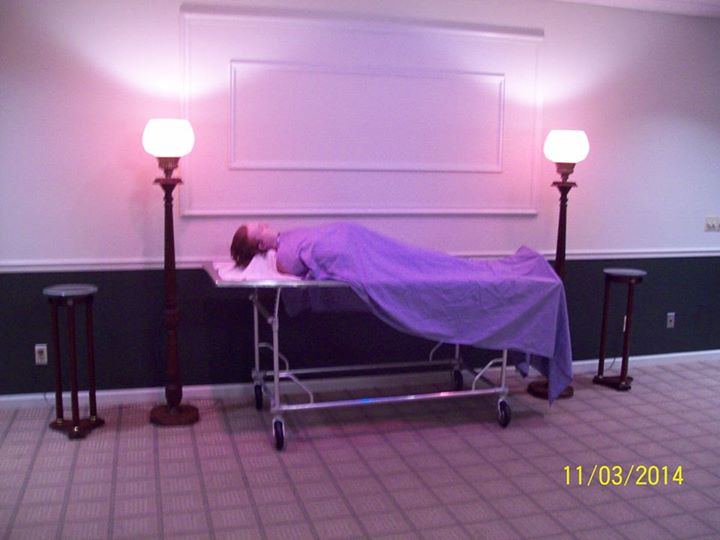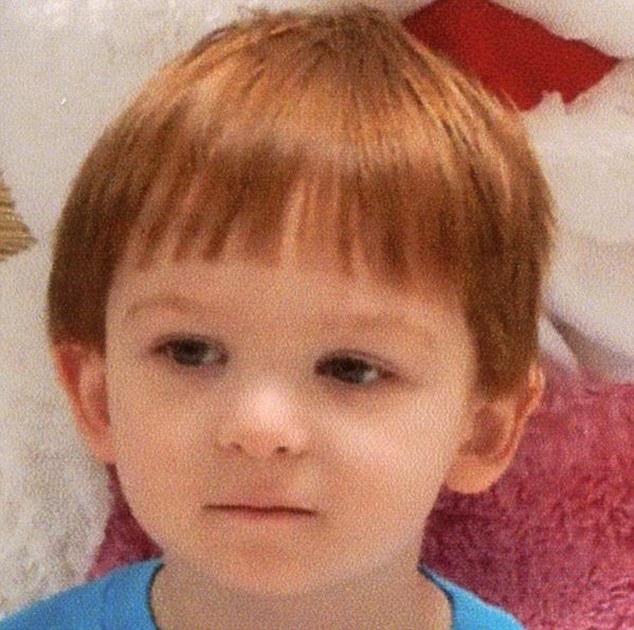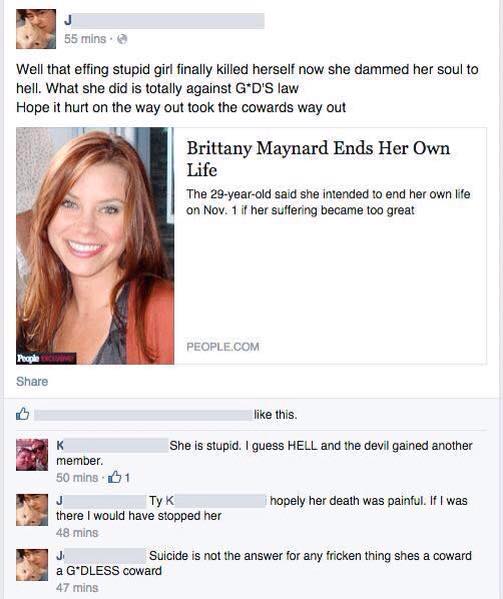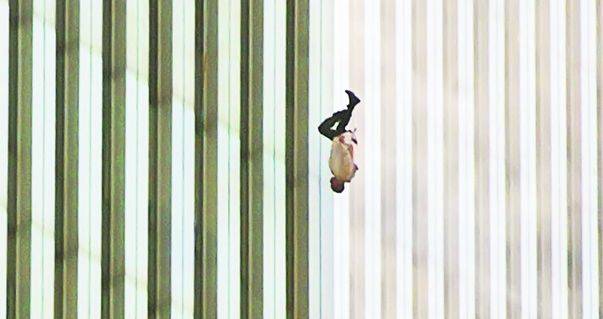Death
10 Things Bodies Can Do After Death
1. Dead bodies can APPEAR to have hair and finger/toe nail growth.
This is moreso a technicality. The hair and nails don’t actually grow, but when the body begins to shrivel away (after decomposition), the skin shrinks back, exposing more hair and more finger/toe nails.
2. Defecation
Your muscles relax and anything that you may or may not have been holding in will come out.
3. Post-mortem caloricity.
Normally, dead bodies experience algor mortis (cooling of temperature) immediately following death. In some cases, the body temperature will actually rise for about two hours after death before it begins to cool. This phenomena is called, “post-mortem caloricity.”
4. Self cannibalization.
While there are exogenous facts that cause decomposition (perhaps worms, flies, cats), much of the body’s decomposition occurs endogenously … the bacteria, acids, etc. within our own body live on and have a glorious feast on their deceased host.
5. Postmortem priapism
Also called “angel lust” or “death erection”, some dead bodies can actually have an erection. Although rare and usually cause by swift and violent manners of death, priapisms do occur. In fact, crucifixion victims often had angel lust, which means Jesus may have died with a death erection. Per Leo Steinberg there are a number of Renaissance crucifixion paintings that depict Jesus in such a manner.
When you die, your body will turn all sorts of pretty colors. Soon after death, gravity will pool the red blood cells to the part of your body that’s closest to the ground. If you die face down, your face will get all reddish. If you die on your back, your back will turn all pretty shades of crimson. Eventually (unless the deceased is embalmed), those colors will stain skin they’re touching (embalmers call this “postmortem stain”).
7. Coffin Birth
If a women dies while still pregnant, the eventual gases from decomposition in some cases push the deceased fetus out in what’s called a “coffin birth”.
8. Muscle Movement
This is extremely rare. And usually only occurs in the smaller muscles. Out of the thousands of bodies my family has seen, only one still had muscle movement after death. The deceased’s fingers were twitching “like he was playing the piano”.
9. Vocalization
When a deceased person is moved and there’s air in his or her lungs, they can moan and groan. If the deceased says, “I’m not dead yet” well, they’re probably not dead (Monty Python reference).
10. Dead bodies fart.
Some dead bodies fart a bunch.
Dead bodies do interesting things, but what death can do to the living is the topic of this book:
This is what a drug overdose can look like
Perhaps one of the best and healthiest coping mechanisms we can use in the face of intense tragedy is “benefit-finding”. When life is spiraling out of control and meaning is hard to find, we can find some substance by attempting to find good in tragedy … or by attempting to make good come from out of the tragedy.
The picture below is of 20 year old Jeramie who died from an overdose. The photo was taken by Jeramie’s father Mike. And Mike is using this photo to show how devastating drugs and drug addiction can be. He posted the photo and message on his facebook page and it has since gone viral.
In Memory and Honor of little Scotty McMillan
A couple miles from my home on Tuesday, November 4, 2014, three-year-old Scotty McMillan was found unresponsive in his home, the victim of abuse and torture from the hands of his mother and his mother’s boyfriend.
Local District Attorney Tom Hogan said, “Little Scotty McMillan is dead. Over a three day period … he was systematically tortured and beaten to death. He was punched in the face and in the stomach. He was scourged with a homemade whip. He was lashed with a metal rod. He was tied to a chair and beaten. He was tied upside down by his feet and beaten. His head was smashed through a wall.”
Via ABC 6,
Hogan said professionals with deep experience in these types of cases were brought to tears.
“Our ER nurses see a lot of terrible things. But when they saw his body, they wept,” Hogan said.
The district attorney says Gary Fellanbaum and Tait (the boyfriend and mother) went car shopping, bought pizza, took a nap and engaged in sexual activity – all while the child lay dying after weeks of relentless torture.”
Scotty’s death has shocked our quiet little countryside. As the father of two-year-old Jeremiah, I haven’t been able to read our daily newspaper’s more detailed descriptions of Scotty’s abuse. The idea of two full-grown adults abusing the small, defenseless body of a three year old …. My Jeremiah is so full of innocence, so full of wonder, trust and love, such actions committed against someone his age (or any age) have literally made my stomach turn in disgust. Over the last couple days, as we’ve attempted to process this story with family and friends, my emotions have gone from extreme anger towards Scotty’s “parents” to extreme sadness as I’ve imagined the pain Scotty must have felt in his final days.
As a way to protect myself, I’ve tried my best to ignore this story. I don’t want to think about it. I don’t want to imagine it. I don’t want to believe a mother could commit such actions. But I can’t ignore it.
Instead of directing my emotions in anger and hatred, I’ve decided my wife and I will make promises to our Jeremiah as a way of honoring Scotty’s short and brutal life. This is the only positive way I can cope. This is the best I can do.
To Jeremiah: In Memory and Honor of Scotty McMillan
You will never fear our hand or our touch.
You will never cower in fear of our anger.
You will never see us as monsters.
We will protect you from the monsters.
We promise to be your light, not your darkness.
We promise to use our strength in gentleness.
We promise our bodies will never harm yours.
We promise to teach you to love others, by loving you.
We, your mom and dad, will hold each other accountable.
And if we find ourselves straying as parents,
We won’t be proud. We won’t be arrogant.
We will seek outside help, because you — our child — deserve our best.
Peace will be found in our embrace.
Freedom will be found in our love.
Security will be found in our home.
Confidence in our love will be found in your heart.
This home is a place of peace.
This home is a place of rest.
This home is a place of patience.
This home is a place of growth.
Dear one, the world is full of trouble and pain.
But trouble and pain will not be found in this home.
The world is full of violence and abuse.
But violence and abuse will NEVER be found in this home.
